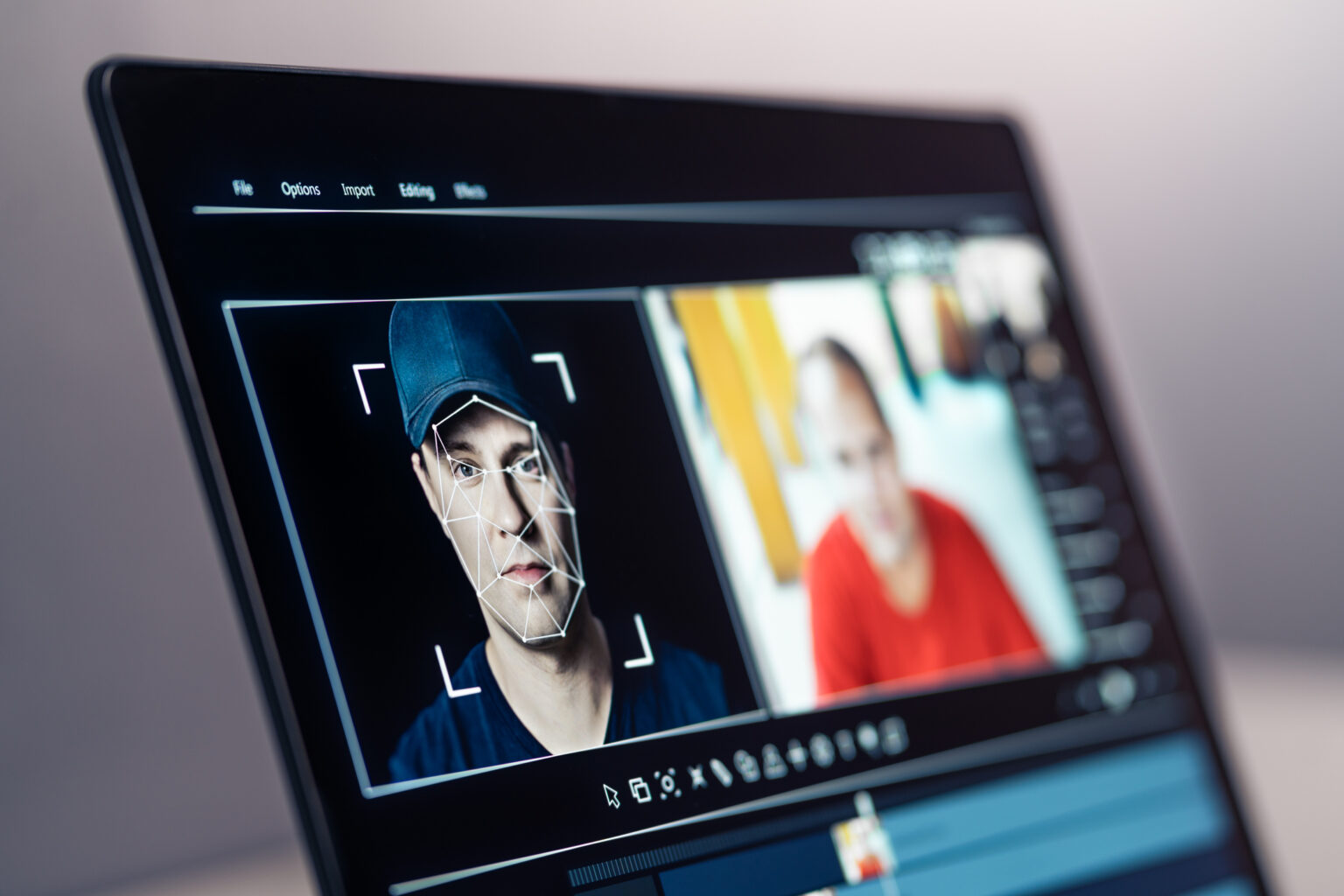
On Saturday, Oct. 18, close to 7 million Americans gathered in the streets to voice their objections to what they view as the actions of an oppressive government: the president’s deployment of national guard troops to supervise “dangerous” cities, the presence of masked immigration agents aimed at apprehending undocumented individuals, and what many interpret as an authoritarian power consolidation across the three branches of government.
During over 2,700 No Kings rallies held in cities both large and small, demonstrators insisted that President Donald Trump should be held responsible to the populace, reflecting the core principles of the American Revolution. In an interview aboard Air Force One after the day’s happenings, Trump dismissed the protesters’ demands, referring to the participants as a “whacked out” farce. “I’m not a king. I work my ass off to make our country great,” he stated.
He went further. Turning to Truth Social, the president shared a clearly AI-generated video, showcasing a military aircraft adorned with the words “King Trump.” The airplane, piloted by a disproportionately rendered President Trump wearing a golden crown, ascends into the sky, flying over a crowd of city demonstrators. The aircraft opens its fuselage and seemingly showers waste down upon the assembled crowd.
The video features a soundtrack of Kenny Loggins’ “The Danger Zone,” made iconic in the Academy Award-winning film Top Gun. “This is an unauthorized use of my performance of ‘Danger Zone.’ Nobody asked me for my permission, which I would have refused, and I demand that my recording on this video is taken down immediately,” Loggins stated in a comment to Variety after the post gained traction.
This video is merely the latest among several deepfaked videos and AI content disseminated by the president — and not the only AI video Trump shared that day, as he also reshared another King Trump clip set to a song by the band Avenged Sevenfold. Previously, Trump has faced criticism for resharing AI-generated material, utilizing copyrighted music without consent, and, predictably, a mix of both. Public statements and legal warnings from artists have yet to deter the nation’s leader. Beyond the AI memes that flooded the campaign trail, Trump has even circulated deepfaked, and sometimes racist, videos of his political adversaries while seated in the Oval Office.
As part of a broader right-wing social media strategy showcasing increasingly dubious content, Trump and other GOP leaders have engaged in a trend of sharing AI-generated materials. Last week, the official Senate Republicans X account shared a video that portrayed an AI deepfake of Minority Leader Chuck Schumer claiming the government shutdown has favored Democrats (the quote was accurate, but the video of Schumer saying it was fabricated). In preceding weeks, the Trump administration plastered allegations that the federal shutdown was a plot by the “Radical Left,” which might constitute a violation of the Hatch Act.
These posts have ignited discussions in White House press briefings and extensive fact-checks by misinformation monitors. Meanwhile, Trump has garnered support from major figures in Big Tech, including leaders of the nation’s largest generative AI companies. The combination has raised alarms about the line between political satire and political misinformation, and whether or not the social media activity of the country’s political figures should be regulated more stringently.
At a news conference on Monday, Speaker Mike Johnson defended the president’s use of AI. “The president employs social media to convey his message. You could argue he may be the most effective person to ever use social media for that purpose,” Johnson said. “He is utilizing satire to make a point. He is not advocating for the assassination of his political opponents.”